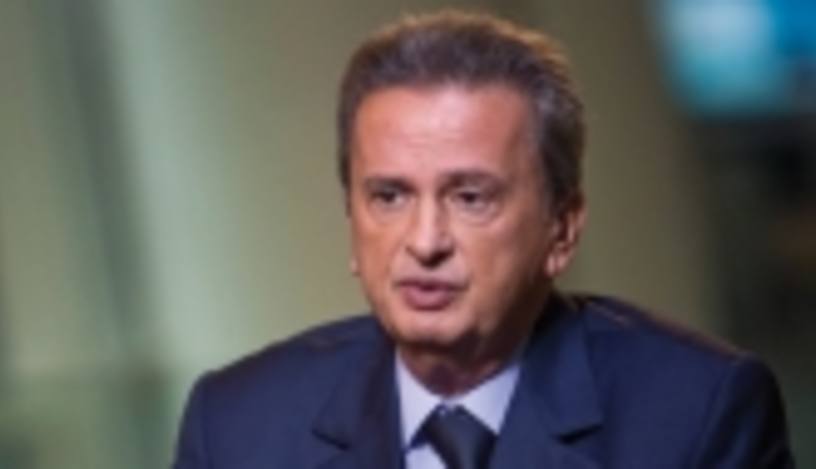The general consensus among the Lebanese banking community is that 2011 was a year of two halves. One of the most comprehensive illustrations of this is the indicative measure of economic activity of Lebanon’s central bank – the Banque du Liban – which grew by a mere 1.7% in the first six months of 2011, before rising by 3.3% in the second half of the year. The anaemic growth between January and June 2011 is mainly attributed to the country’s political paralysis.
Lebanon was run by a caretaker government for the first six months of 2011, until political life resumed in July with the formation of a new cabinet. The cabinet unanimously reappointed Riad Salameh as governor of Banque du Liban for a fourth consecutive six-year term and this helped boost growth in the second half of the year. However, economic growth in the country went from 7.5% in 2010 to just 2% in 2011, the slowest growth in the country since 2006. In turn, activity in the Lebanese banking sector also shifted into a lower gear.












